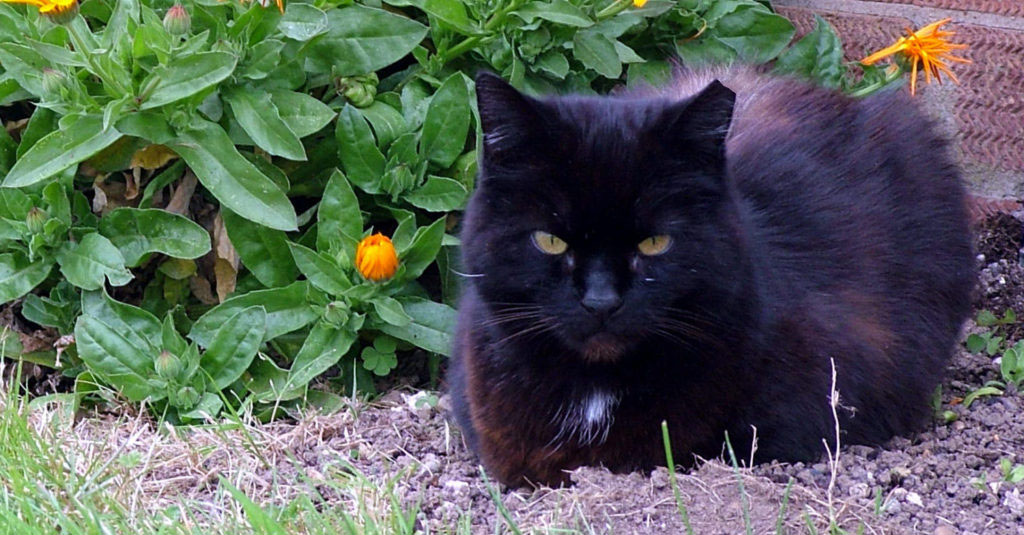WHAT IS TNR
Trap, Neuter, Return!
TNR stands for TRAP-NEUTER-RETURN. It is implemented in community cats and feral cat colonies to help maintain their population. Without sterilization, a female cat and her following litters could produce up to 2,000,000 cats in a 10 year time frame. That seems like an unobtainable number, but it is actually quite plausible. By spaying and neutering feral cats in New Braunfels, we are preventing unwanted kittens and helping limit the spread of feline diseases.

